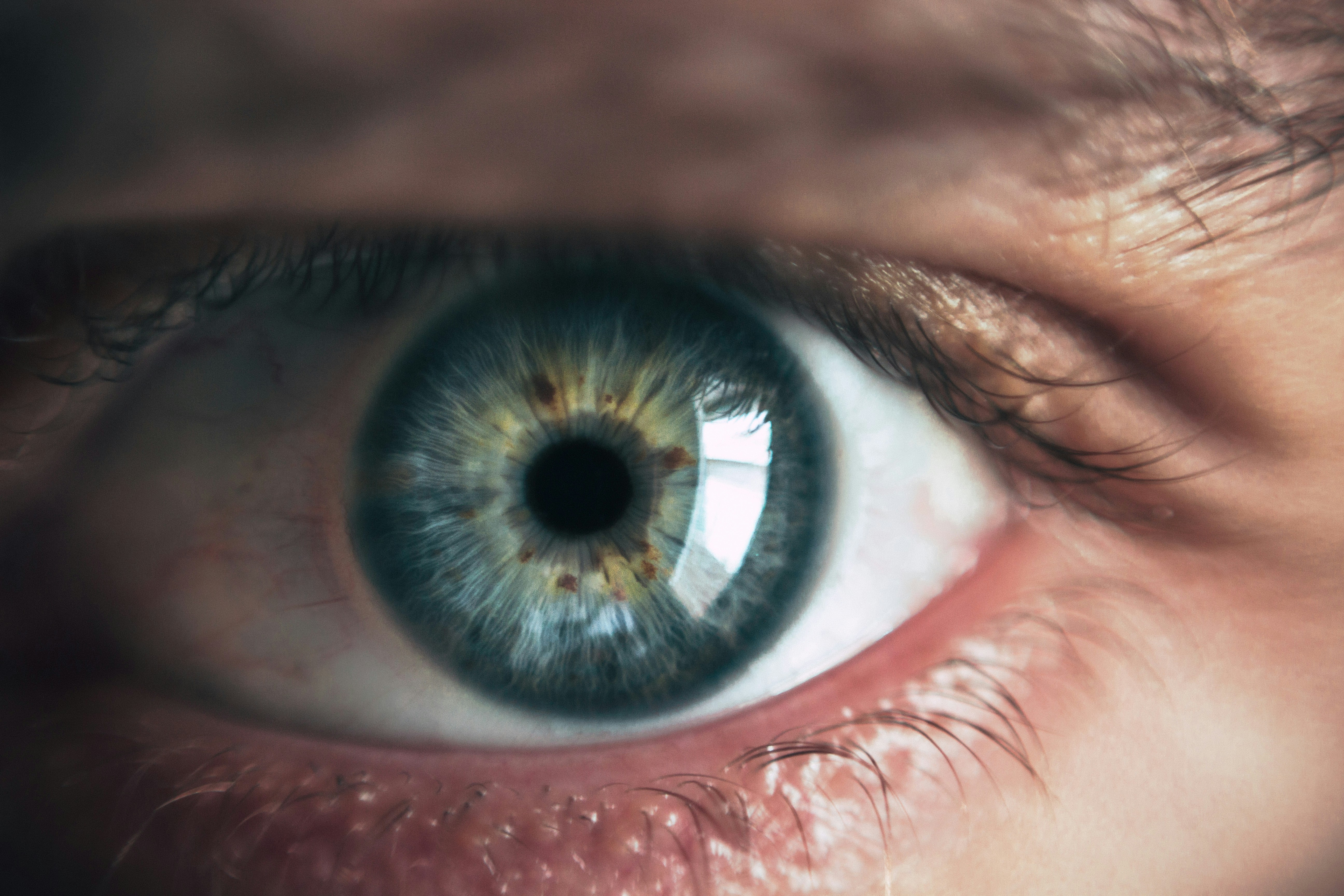What is visual identification evidence?
‘Visual identification evidence’ is defined in s 114(1) of the Evidence Act 1995 (NSW) as ‘identification evidence relating to an identification based wholly or partly on what a person saw but does not include picture identification evidence’.
When is visual identification evidence admissible?
Section 114(2) states that visual identification evidence adduced by the prosecutor is not admissible unless—
(a) an identification parade that included the defendant was held before the identification was made, or
(b) it would not have been reasonable to have held such a parade, or
(c) the defendant refused to take part in such a parade,
and the identification was made without the person who made it having been intentionally influenced to identify the defendant.
What is an identification parade?
An ‘identification parade’ is where the police gather a line-up of people including the suspect. They then ask a witness whether they can pick out the person who they saw commit the offence from the line-up of people. Police must collect between eight and twenty people who look physically similar to the suspect. This means they must be of similar age, height, build and appearance.
What matters will be taken into account when determining whether it was reasonable to hold an identification parade?
Section 114(3) states that without limiting the matters that may be taken into account by the court in determining whether it was reasonable to hold an identification parade, it is to take into account—
(a) the kind of offence, and the gravity of the offence, concerned, and
(b) the importance of the evidence, and
(c) the practicality of holding an identification parade having regard, among other things—
(i) if the defendant failed to cooperate in the conduct of the parade—to the manner and extent of, and the reason (if any) for, the failure, and
(ii) in any case—to whether the identification was made at or about the time of the commission of the offence, and
(d) the appropriateness of holding an identification parade having regard, among other things, to the relationship (if any) between the defendant and the person who made the identification.
(4) It is presumed that it would not have been reasonable to have held an identification parade if it would have been unfair to the defendant for such a parade to have been held.
What is picture identification evidence?
Section 115(1) defines ‘picture identification evidence’ as ‘identification evidence relating to an identification made wholly or partly by the person who made the identification examining pictures kept for the use of police officers’.
When is picture identification evidence not admissible?
Section 115 prescribes the various circumstances in which picture identification evidence is not admissible.
(2) Picture identification evidence adduced by the prosecutor is not admissible if the pictures examined suggest that they are pictures of persons in police custody.
(3) Subject to subsection (4), picture identification evidence adduced by the prosecutor is not admissible if–
(a) when the pictures were examined, the defendant was in the custody of a police officer of the police force investigating the commission of the offence with which the defendant has been charged, and
(b) the picture of the defendant that was examined was made before the defendant was taken into that police custody.
(4) Subsection (3) does not apply if–
(a) the defendant’s appearance had changed significantly between the time when the offence was committed and the time when the defendant was taken into that custody, or
(b) it was not reasonably practicable to make a picture of the defendant after the defendant was taken into that custody.
(5) Picture identification evidence adduced by the prosecutor is not admissible if, when the pictures were examined, the defendant was in the custody of a police officer of the police force investigating the commission of the offence with which the defendant has been charged, unless–
(a) the defendant refused to take part in an identification parade, or
(b) the defendant’s appearance had changed significantly between the time when the offence was committed and the time when the defendant was taken into that custody, or
(c) it would not have been reasonable to have held an identification parade that included the defendant.
Directions to the jury
Section 116 outlines directions that a judge must provide to a jury in relation to accepting identification evidence. A judge is to inform the jury (a) that there is a special need for caution before accepting identification evidence, and (b) of the reasons for that need for caution, both generally and in the circumstances of the case.
Should you or someone you know be charged with an offence, it is essential you receive legal advice from an experienced criminal defence lawyer at any early stage. To discuss your options, call Hugo Law Group in Sydney, NSW (02 9696 1361), Canberra (02 5104 9640), Perth (08 6255 6909) to make an appointment to speak to one of our lawyers.
